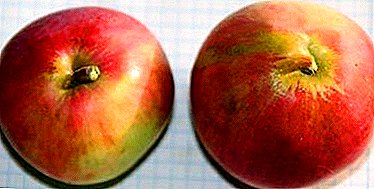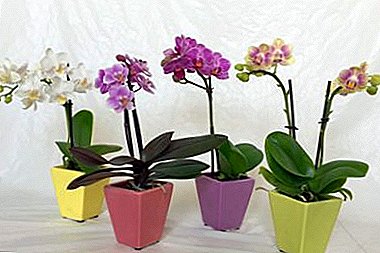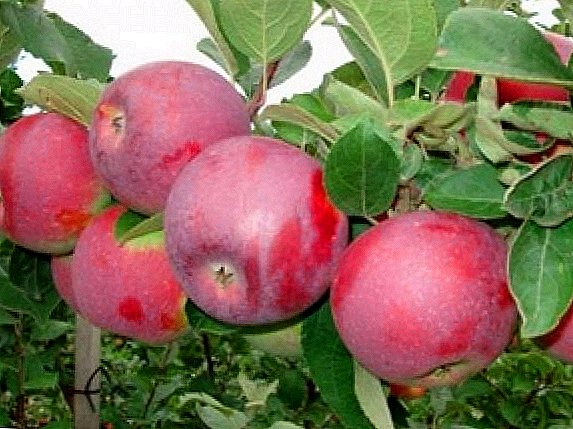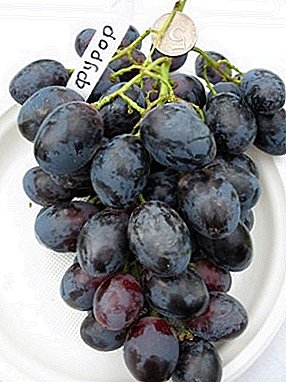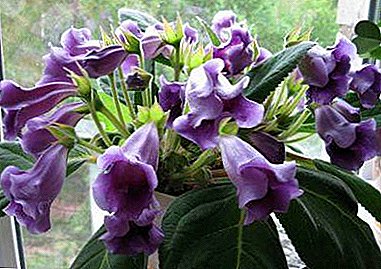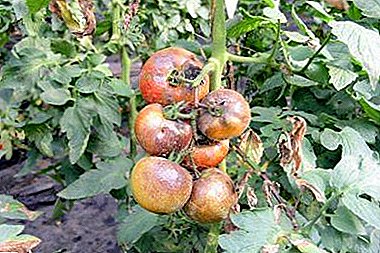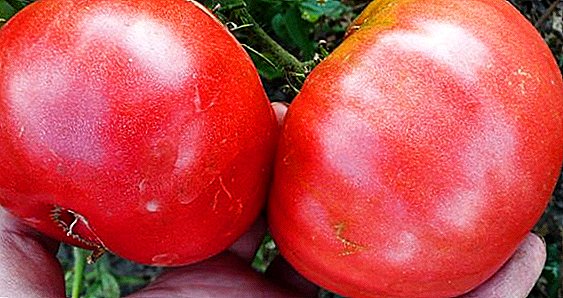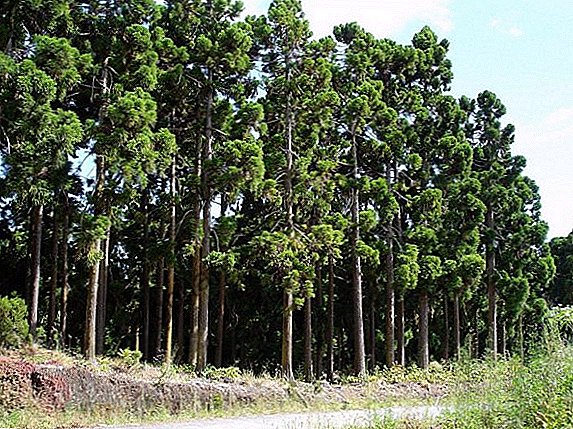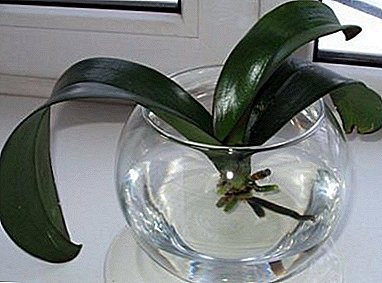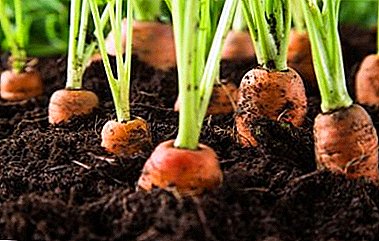
Carrots are a capricious vegetable crop and it is not as difficult to grow a crop as it is to preserve it until spring.
The time-tested method of storing root vegetables in the garden has a number of distinctive features.
What are the specifics of this technology? We learn more in our article.
Features of the root, important for storage in winter
 Carrots belong to the group of root crops with a thin surface peridermal tissue (peel). Another cultural feature is a weak water retaining property. As a result, carrots quickly fade. For long-term storage, it is important to create conditions that will help slow down the evaporation of moisture.
Carrots belong to the group of root crops with a thin surface peridermal tissue (peel). Another cultural feature is a weak water retaining property. As a result, carrots quickly fade. For long-term storage, it is important to create conditions that will help slow down the evaporation of moisture.
Carrots are not characterized by a state of deep dormancy - the roots can begin to germinate immediately after harvest. To ensure the preservation of fresh fruits, it is necessary that the temperature at the storage location is low. With increased humidity in the basement or pit roots grow, forming a large amount of vegetative mass.
Immature or poorly formed fruits begin to deteriorate due to the following structural features.:
- Excessively thin integumentary tissues (2-3 versus 5-7 in ripe).
- Lower level of subnationalization of integumentary tissues.
- Reduced supply of nutrients in the composition.
IMPORTANT! If the structure is disturbed, the root crop loses its resistance to various diseases. To avoid this, you need to carefully dig up carrots, cut the tops, protect the crop from the sun and drafts.
Thin peel does not withstand even minimal frosts. Damaged skin after thawing loses juice, becomes lucid and is an easy target for pathogenic microorganisms. During storage, it is important that the temperature does not drop below 0 (more details about the storage temperature of the root crop can be found here).
- How to dry in the oven, saving vitamins?
- Is it possible to freeze grated winter?
Is it possible?
If the gardener does not have a suitable place for laying the root crops for the winter, it is allowed to leave the carrots in the garden. The method is the oldest, proven and reliable. It is advisable to leave carrots in the garden in the following situations:
 big harvest;
big harvest;- lack of time for cleaning carrots;
- lack of space in the basement or cellar;
- the early onset of frosts (the gardener will not have time to dig and process the crop).
You can eat vegetables left on the garden not earlier than the spring months. With strict observance of all rules, you can get fresh and juicy fruits. Also, with this technology of storage, sugar accumulates in carrots - root crops in spring will be even tastier. Among the minuses of technology is the possible damage to the integrity of the peel by pests, lack of access to the fruits in winter, the inability to sort and sort the roots.
What varieties are suitable?
If you plan to leave carrots on the garden, choose late-ripening varieties. These fruits have a distinct taste, they are slightly susceptible to deterioration and fading.. When selecting varieties, it is recommended to pay attention to such:
- Vita Long Feature - elongated shape and high-quality preservation until spring. With the growth of the fruit does not crack. Fruits are saturated with carotene and sugar.
- Ellestone The shape of the roots resembles a smooth spindle, the end of which is pointed. The color is rich yellow.
- Queen of Autumn. Carrot red cylindrical shape. The surface is flat, pointed end.
- Shantane. Cone-shaped, short and thick fruits. The flesh is thick, the taste is pleasant. Well kept until next season.
The necessary conditions
 The first rule is to choose the correct bed. The land at the selected site should not have diseases, necessarily the absence of infection with a medvedka or a wireworm. It is also important to make sure that the spring bed does not heat up and does not interfere with early field work. Start preparing carrots for wintering should be in the second half of October. For better preservation, root crops should withstand the first small frosts in the soil without additional covering.
The first rule is to choose the correct bed. The land at the selected site should not have diseases, necessarily the absence of infection with a medvedka or a wireworm. It is also important to make sure that the spring bed does not heat up and does not interfere with early field work. Start preparing carrots for wintering should be in the second half of October. For better preservation, root crops should withstand the first small frosts in the soil without additional covering.
Stepwise Algorithm
Preparation of vegetables for winter storage begins in mid-September. A month before pruning the tops you need to stop watering. This will prevent the accumulation of excess moisture in the soil (carrots will not crack and rot). In the autumn, all weeds with a root should be removed from the garden, as in the spring, along with carrots, you can get a harvest of weeds.
What to do next?
- Cut the greens. To carry out the procedure is necessary when the tops began to turn yellow. It is important that the level of the beds coincide with the places of crop on carrots.
- We fall asleep roots with the sand of a large fraction. The layer size is 3-6 cm. The sand should cover not only the bed, but also the area nearby (approximately 1 m from the site). Sand is required for a uniform supply of oxygen to the soil.
- Cover with foil. This should be done just before the frost.
- The next protective layer is any available materials for additional warming. For these purposes, you can take dry leaves, dry sawdust or peat.
- Cover bed need roofing material or polyethylene - The material will create a heat pad that will help keep the vegetable in the cold.
More details on how to keep carrots for winter in the ground can be found here.
- In the cellar.
- In banks and boxes.
- In a refrigerator.
- On the balcony.
- In the apartment.
Tips and Warnings
Pay special attention to protection from rodents. So that during the winter period they do not eat carrots, spruce branches (or fir cones) should be used for warming.
Also, needles or sticks can be scattered on top of the last layer. For a better protection effect, special repellents or poison traps can be installed.: rodents will not be able to break through to the carrot in the garden.
An important tip for the gardener is to take into account the shelf life of the roots after digging out of the ground in the spring. Root crops do not have a long shelf life, so they need to dig before use.
So, keeping carrots in the garden is an efficient and reliable way with some drawbacks. A small part of the fruit may rot or suffer from pests, but the bulk of the crop will lie until spring and will please with high taste. The main rule of success is the lack of moisture in the soil, pruning of the tops and high-quality insulation of root crops.


 big harvest;
big harvest;